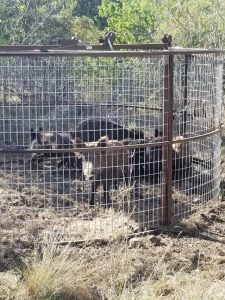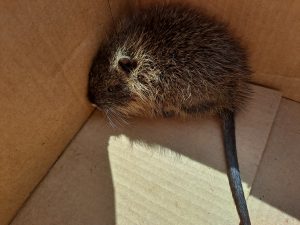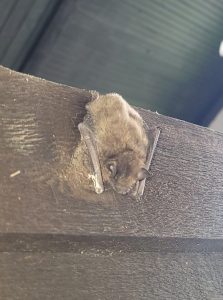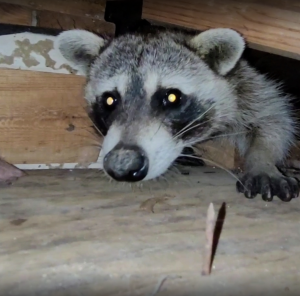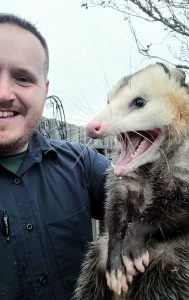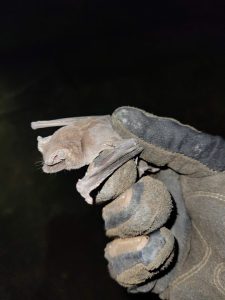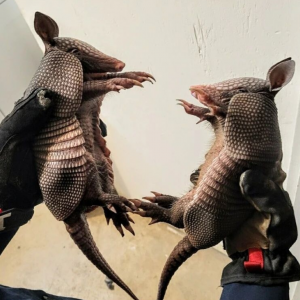Texas is home to a wide variety of animal species. While some species are native to the state, others are non-native, invasive species. These invasive species can significantly damage the environment, threaten native species, and become a nuisance to homeowners. Similarly, although native species typically benefit the environment, they can damage property when they inhabit homes and businesses.
What Is an Invasive Species?
An invasive species is an organism that isn’t native or indigenous to a specific area and is potentially harmful to that area. These species can harm an area’s environment and economic health. A non-native species can be invasive or non-invasive, and it can arrive somewhere new accidentally or be introduced on purpose. For a non-native species to be invasive, it must behave in the following ways:
- Adapt to a new area quickly and easily
- Reproduce quickly
- Cause harm to the economy, native animals and plants, or properties in the area
How Are Invasive Species Harmful to the Environment?
An invasive species may thrive and threaten native species because they outcompete native species and consume their food supply. Some invasive species also destroy an area’s native habitats and can cause some native species to go extinct. Some animals build habitats that damage vegetation and cause flooding, affecting surrounding land and structures.
When invasive species harm natural resources necessary for certain industries, they hurt the economy and cause local businesses to decline. Additionally, invasive species can cause damage to property such as homes and businesses, creating structural damage and infesting indoor areas.
How Are Invasive Species Introduced in Regions?
An invasive species can enter new areas in various ways. In some cases, people may intentionally introduce a species to a new area for a specific purpose, such as hunting. In other cases, a species enters a new area accidentally, such as when it attaches to a boat traveling from one area to another or stows away in shipments.
Types of Invasive and Native Animal Species in Texas
Texas is home to several types of native and invasive animal species. Both homeowners and business owners in Texas may experience property damage caused by the following species:
What Are Invasive Species in Texas?
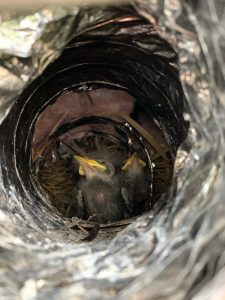
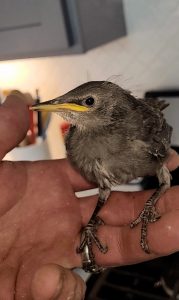
Some examples of invasive species include the following:
- House mouse: House mice commonly invade homes, producing allergens and damaging property.
- Roof rats: Roof rats commonly invade homes, businesses, and agricultural areas such as nut and citrus orchards. They often gnaw on nuts, fruit, trees, wooden structures, and wires.
- Norway rats: Norway rats arrived in North America around 1775. They can cause structural damage, contaminate and consume food, and transmit certain diseases.
- House sparrows: House sparrows show aggression toward other bird species and tend to invade homes to build nests in vents, roofs, and walls.
- European starlings: European starlings can damage agriculture and transmit infectious diseases to livestock and humans, damaging the economy. They often built nests in exhaust vents and rooflines.
- Pigeons: Rock pigeons can carry cestode and nematode parasites, making them a pest in urban areas.
- Muscovy ducks: Muscovy ducks can be a nuisance to homes and neighborhoods because they excrete droppings on furniture, porches, roads, cars, sidewalks, and trash bins.
- Nutria: Nutria are exotic, semi-aquatic rodents, originally introduced to support the fur trade. They cause significant damage to vegetation in floodplains, marshlands, and community ponds.
- Feral hogs: Ranchers introduced feral hogs to Texas in the 1930s for hunting purposes. They compete with other species for food supply and shift plant succession by disrupting soil and vegetation with their rooting habits.
- Fire Ants: Almost 100 years ago, imported fire ants were unintentionally introduced from South America into the port of Mobile, Alabama. The common pests stowed away in shipping containers and have since spread over much of the southern United States
While non-native invasive species are known to cause damage, native species can also be a nuisance. Native species are often beneficial to the environment but can still damage homes, lawns, gardens, and farmlands.
What Are Native Species in Texas?

Some examples of native species that may become a nuisance in or around a home or business include the following:
Raccoons: Raccoons are foragers and commonly consume available food in rural and urban areas. They often seek shelter under houses in crawlspaces, under woodpiles, and in attics and chimneys. If your garden starts to lose vegetables, your trash can appears to have been foraged, or you hear footsteps in your attic, raccoons may be to blame.
Opossums: Opossums forage for food in some areas and can carry diseases and fleas that threaten humans and pets. If the opportunity presents itself they will make their home in the crawlspace or attic.
Bats: Vampire bats threaten livestock because they feed on their blood, putting the animals at risk of significant blood loss and infections. Other insectivorous bats can also inhabit attics and other house structures, threatening home dwellers with noises, odors, and health hazards.
Eastern gray squirrels: Eastern gray squirrels can inhabit home attics, often causing health threats and chewing through wires.
Fox squirrels: When fox squirrels nest in homes, they can chew through wires, damage insulation, and eat the bark off of ornamental plants.
Flying squirrels: Flying squirrels can nest in attics, floors, and walls. They often use insulation as a nesting material, and they can cause additional damage to your home by chewing wires or widening exterior siding and trim.
Armadillos: Armadillos can become a nuisance to homeowners when they dig in lawns and gardens, burrow under driveways and foundations, and carry diseases.
Skunks: Skunks are known to be a nuisance because of their strong odor, but they can also cause damage to homes. Their burrowing and feeding habits can harm lawns and gardens, spread diseases and threaten livestock.
Beavers: Beavers weaken the environment by burrowing, cutting trees, building dams, and flooding areas. They can also damage gardens, ornamental shrubs, and fruit trees around homes.
Ringtail cats: The ringtail cat is part of the raccoon family. They are a fantastic climber and can easily find their way into your attic. While inhabiting your home, they can cause significant damage to your insulation and air conditioning ducts.
Gophers: Gophers can benefit the soil but can create damage by consuming vegetation and when tunneling through lawns, orchards, and farmlands.
Moles: When the eastern mole tunnels through the soil, it can damage roots, destroy gardens, and disfigure parks and lawns.
Deer mice: Deer mice are small in size, so it’s easy for them to enter structures for nest building and food storage. While this species is less common in residential and urban areas, deer mice can damage furniture, mattresses, and other materials when they enter a home.
Problems Invasive Animals Can Cause
When it comes to native versus invasive species in Texas, both can cause problems.
Invasive species threaten the environment and native animals by using their food supplies and damaging natural habitats. Native species typically benefit the environment, but both invasive and native species can damage property in residential and commercial areas by burrowing, nesting, eating, and defecating in structures and dwellings.
Some invasive species, such as commensal rodents (e.g. roof rats, norway rats, house mice) are much more likely to infest homes than their native counterparts, posing a larger threat to homeowners and businesses.
Contact Urban Jungle Wildlife Removal for Trapping and Removal Services
Invasive and native species in Texas can welcome themselves onto your property and damage your home, business, furniture, lawn, and garden. If you need help removing invasive or native animals from your home, Urban Jungle Wildlife Removal is here to help.
We offer trapping, removal, and exclusion services to remove animals from your home, repair damage and prevent reentrance, clean and remediate attics, and reinsulate attic spaces. Contact us to learn more about how we can help keep your property safe from native and invasive species.

